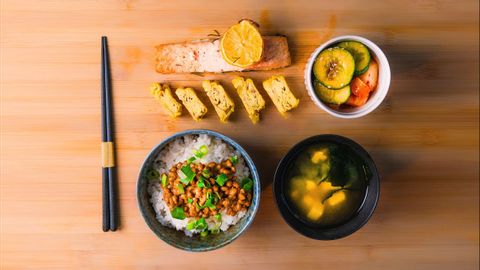想要像日本人一樣長壽嗎?你可以從「日式早餐」開始做起! (Why You Should Eat Breakfast Like They Do In Japan)
VoiceTube 發佈於 2024 年 10 月 04 日  沒有此條件下的單字
沒有此條件下的單字US /spɪˈsɪfɪk/
・
UK /spəˈsɪfɪk/
- adj.巨大的;大而重的;大量的;厚重的;大規模的
US /tɛkˈnik/
・
UK /tekˈni:k/
- n. (c./u.)技術;工藝;技能;(藝術)技巧
US /oˈbisɪti/
・
UK /əʊ'bi:sətɪ/
